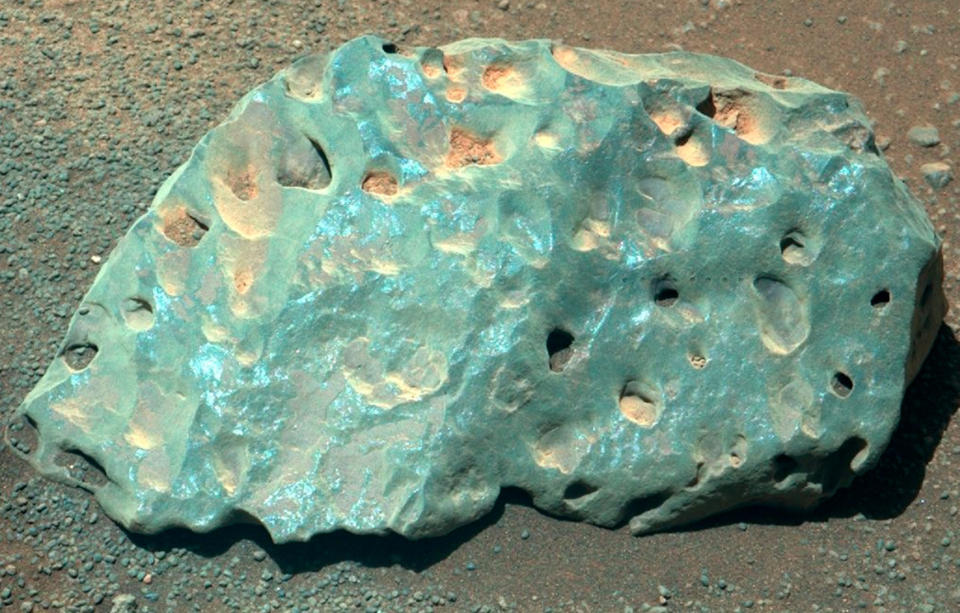NASA has found evidence of life’s building blocks on Mars

Perseverance, NASA’s Mars rover, has found evidence of organic chemicals, life’s building blocks, on the planet. The team behind the rover announced the discovery on Wednesday. It’s not quite the proof of life that many have been hoping for, but it’s definitely an intriguing find.
NASA just found evidence of organic chemicals on Mars

Perseverance discovered the carbon-containing organic chemicals in rocks on the surface of the Red Planet. It found the chemicals in the rocks near the Jezero Crater. The rover did a preliminary analysis of the rocks and discovered the compounds that they contain. However, Perseverance is also sending a sample back to Earth. There, scientists will perform a deeper analysis of the origin of the organic chemicals.
Today's Top Deals
Brand new AirPods Pro with MagSafe have a massive holiday discount you won't believe
Price mistake alert: Amazon's $1 smart home device has a deeper discount than it's supposed to!
The discovery is a big one for the pursuit of putting human life on Mars. However, it is important to note that this is not necessarily proof that life on Mars once existed. The intriguing thing about organic chemicals like carbon is that they can be produced by biological and non-biological means. As such, scientists will need to analyze the rocks further to determine the source of the compounds.
Inspecting the rocks will also teach us more about the Jezero Crater. This includes the timeline of critical events. For one, the scientists have already concluded that the rocks in the crater have encountered water multiple times. With these new samples, they could discover more about the rocks’ origin.
A long search for answers

The search for answers about the origin of certain materials on Mars has been a long one.
“I was beginning to despair we would never find the answer,” Perseverance Project Scientist Ken Farley said in a statement about the discovery. “But then our PIXL instrument got a good look at the abraded patch of a rock from the area nicknamed ‘South Séítah,’ and it all became clear: The crystals within the rock provided the smoking gun.”
Farley later said that the rock appears to have formed when crystals grew and subsequently settled in a slow-colling magma. Something like a thick lava lake or a lava flow would allow that to happen. Farley says the rock was also affected by water several times.
All of these events could have helped to create the organic chemicals Perseverance discovered. These samples could be a treasure trove of information about the events that have happened in the Jezero Crater. That info could then help us better understand the time period where water was more common on the surface of the planet.

